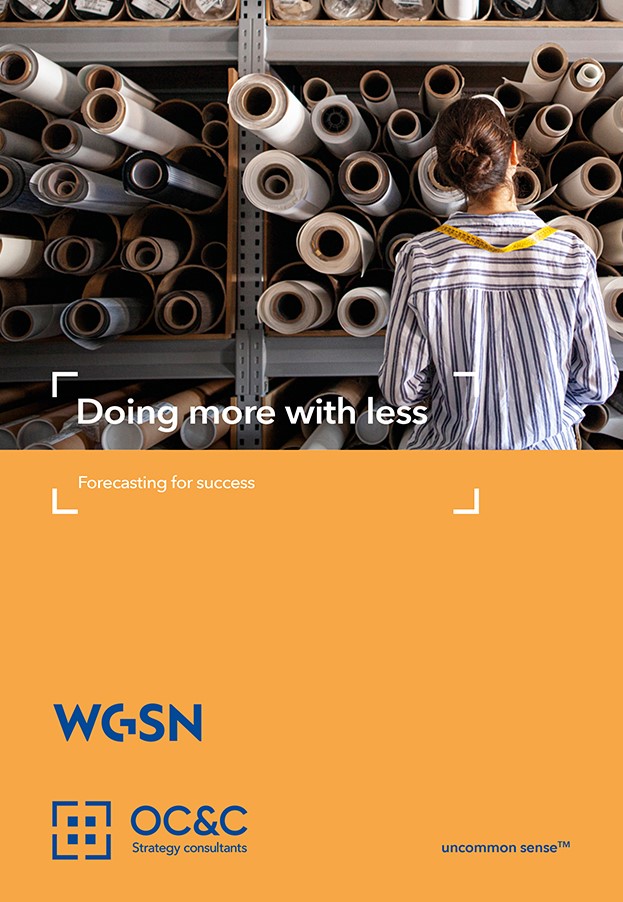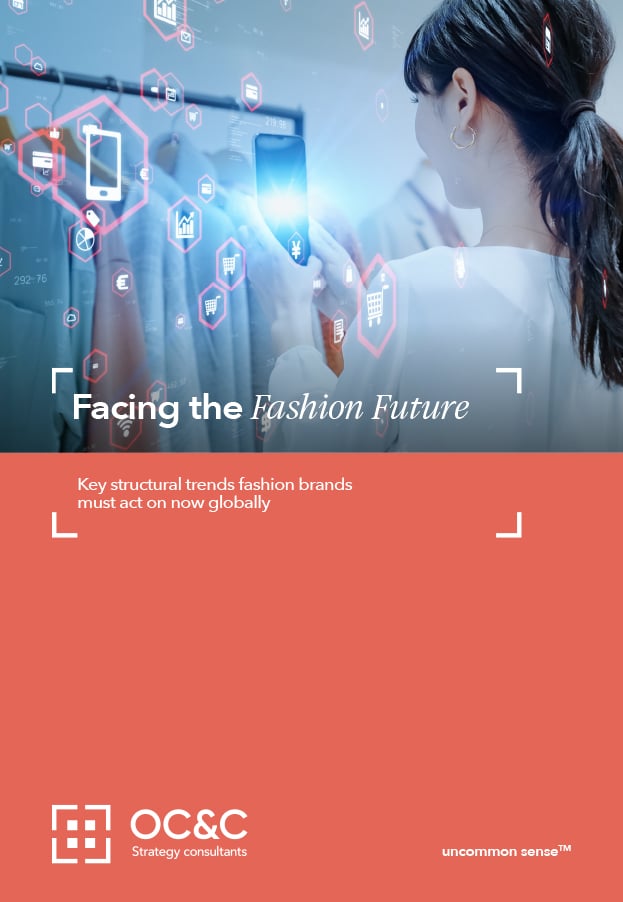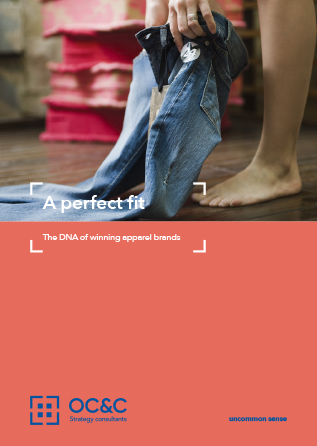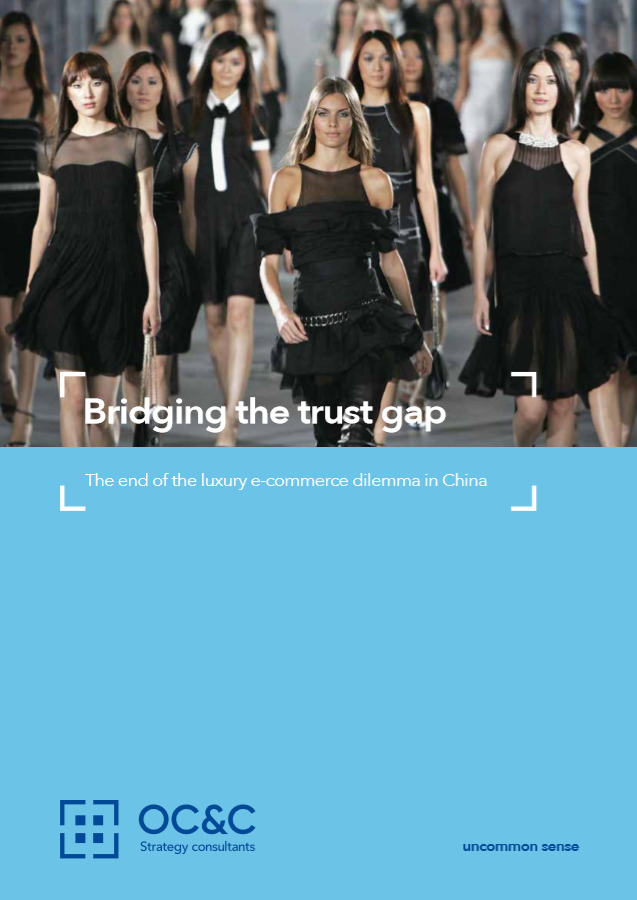Doing more with less
Overproduction is a long-lasting, deep-rooted problem for brands.
15-45 billion items of clothing produced every year are wasted, mostly ending up in landfill or incinerated.
This is both a huge sustainability problem and a costly commercial one. Yet improving buying processes to better align with future demand can enable brands to reduce wastage, improve operating efficiency, and ultimately drive value.
Following on from our insight on Sustainability in Fashion, our collaborative study with WGSN demonstrates how moving to demand-led planning with more accurate forecasting data can tackle the issue head on. By implementing AI informed models, brands can be confident in their decision-making and weave together commercial and sustainability goals.
It is time to evolve the planning model and create new ways of working which are more efficient and better for the planet.
We’ve put together 5 primary ways brands can optimize their operating model.
主要联系人

Coye Nokes
Partner
Overproduction is a long-lasting, deep-rooted problem for brands.
15-45 billion items of clothing produced every year are wasted, mostly ending up in landfill or incinerated.
This is both a huge sustainability problem and a costly commercial one. Yet improving buying processes to better align with future demand can enable brands to reduce wastage, improve operating efficiency, and ultimately drive value.
Following on from our insight on Sustainability in Fashion, our collaborative study with WGSN demonstrates how moving to demand-led planning with more accurate forecasting data can tackle the issue head on. By implementing AI informed models, brands can be confident in their decision-making and weave together commercial and sustainability goals.
It is time to evolve the planning model and create new ways of working which are more efficient and better for the planet.
We’ve put together 5 primary ways brands can optimize their operating model.
主要联系人

Coye Nokes
Partner




